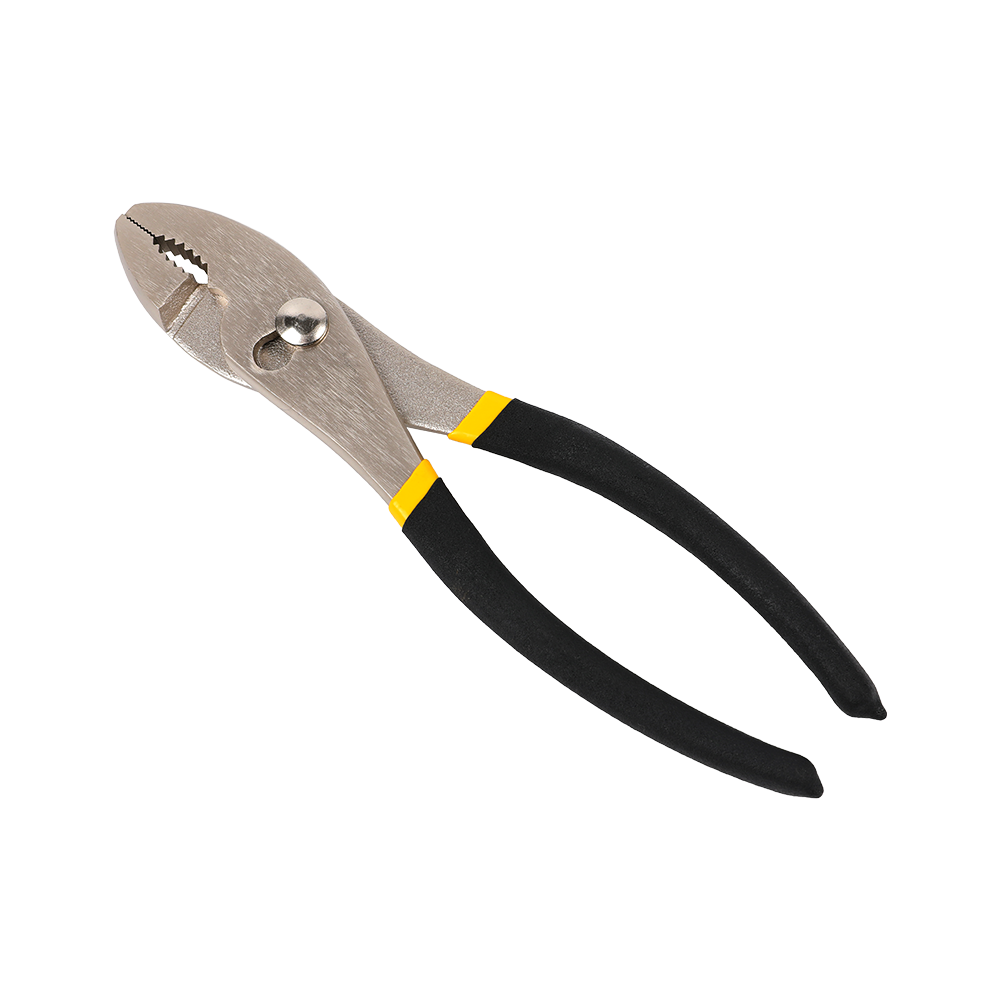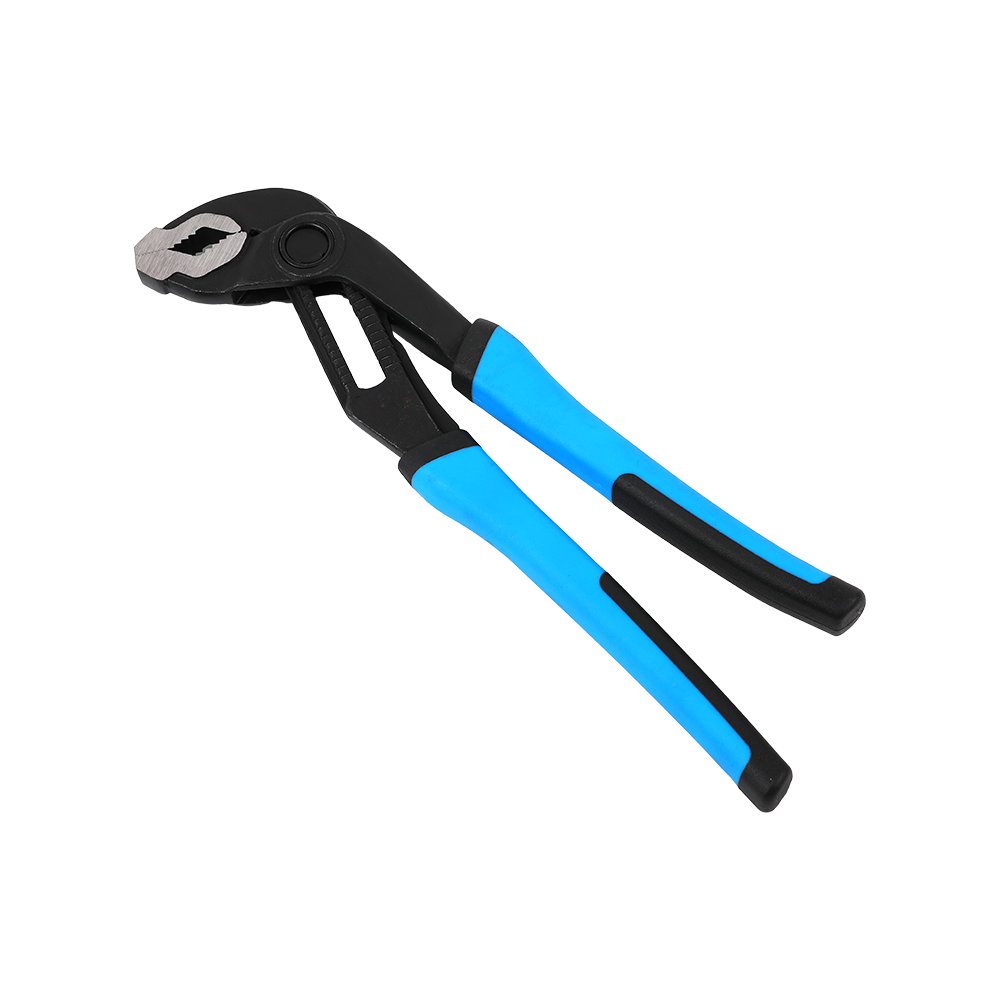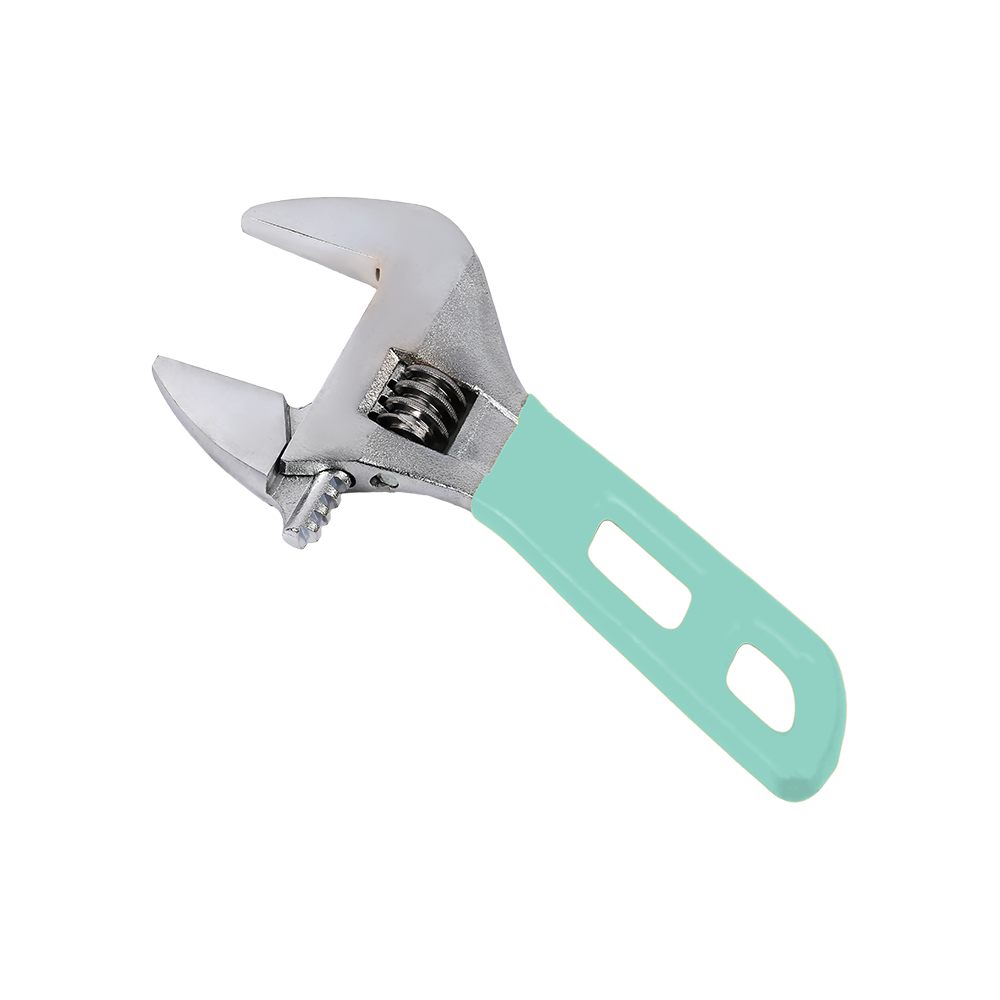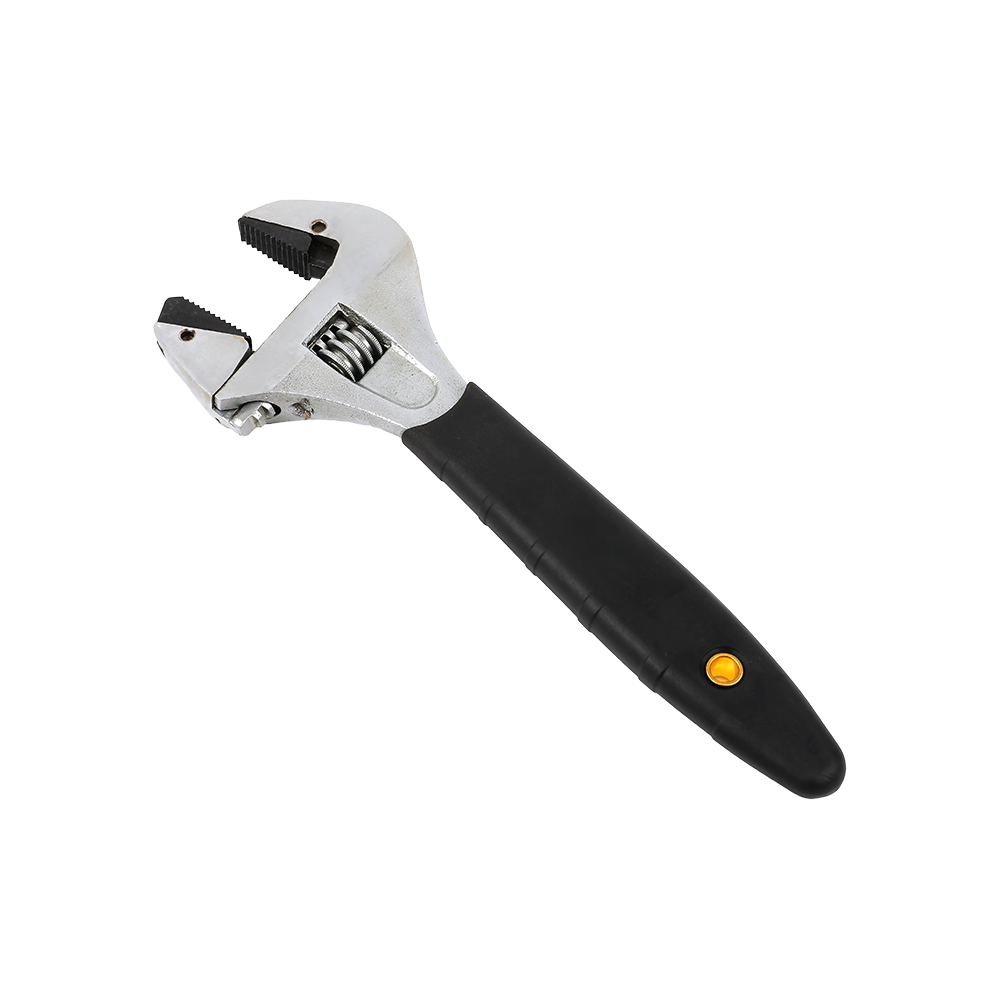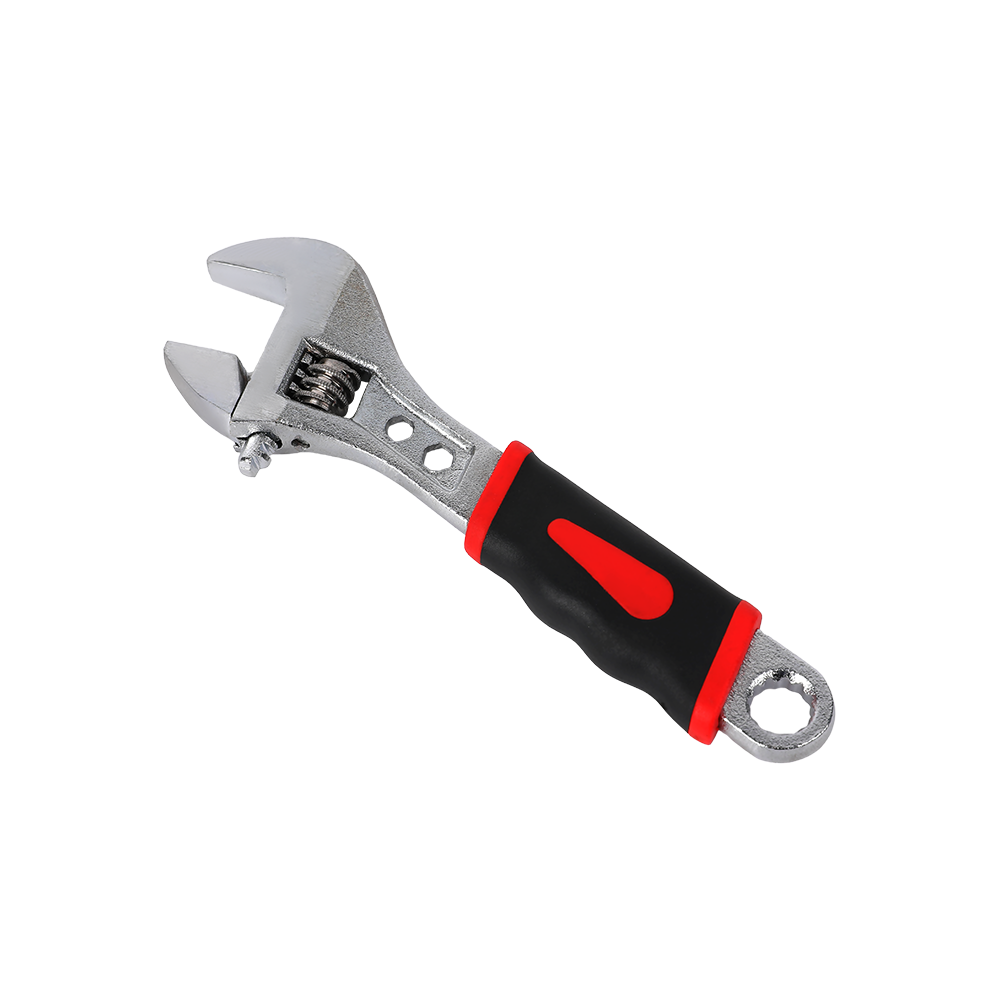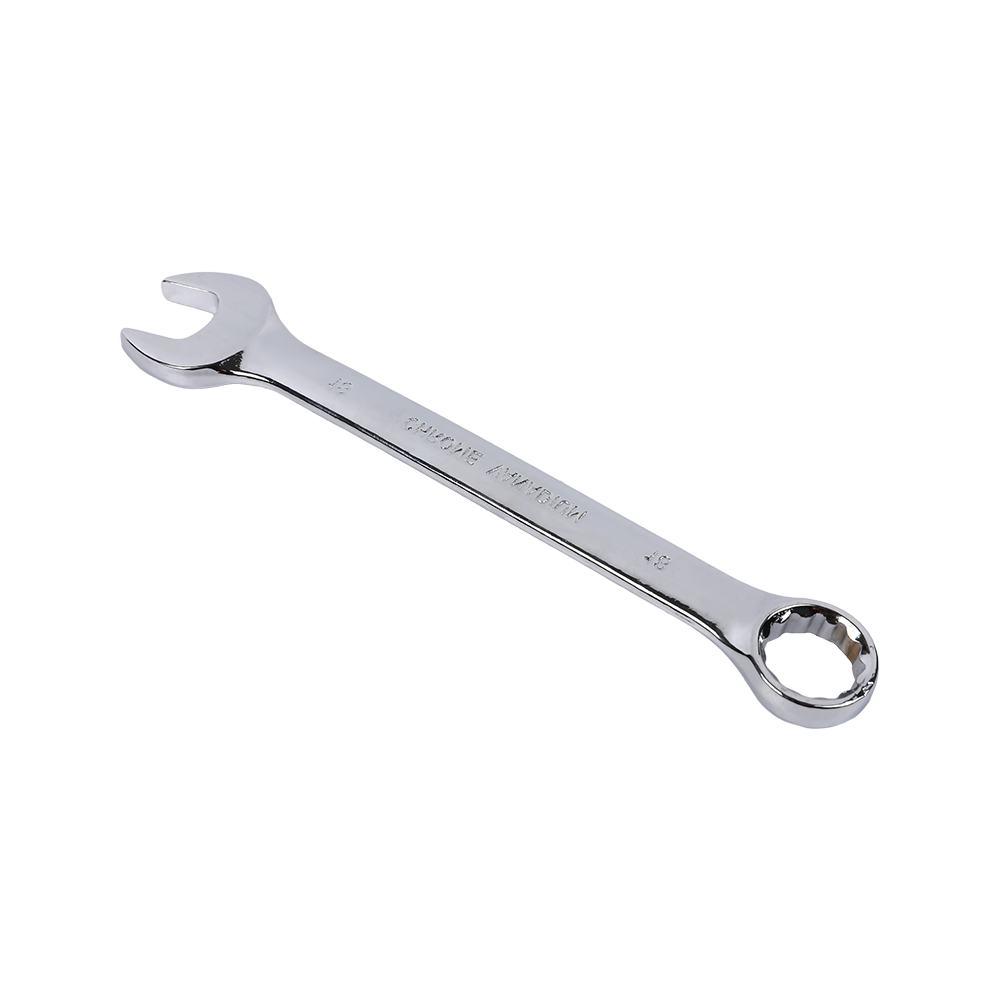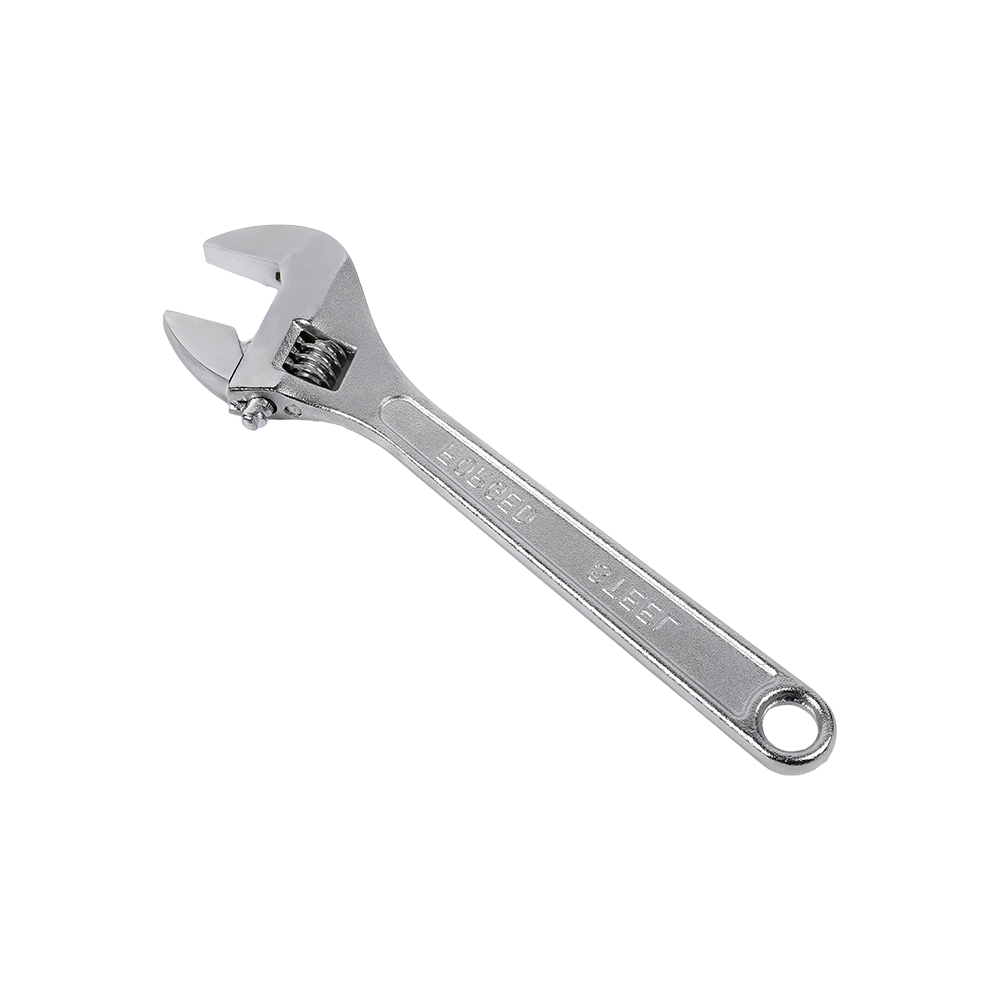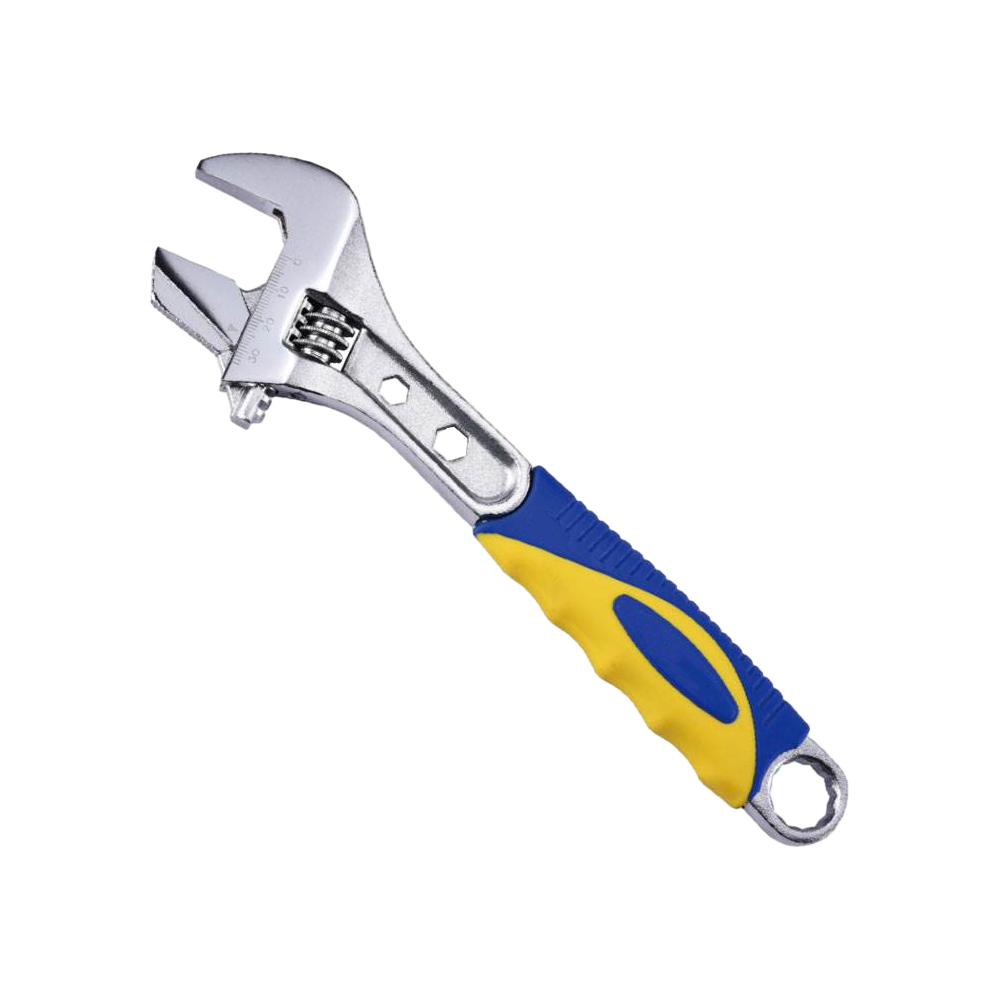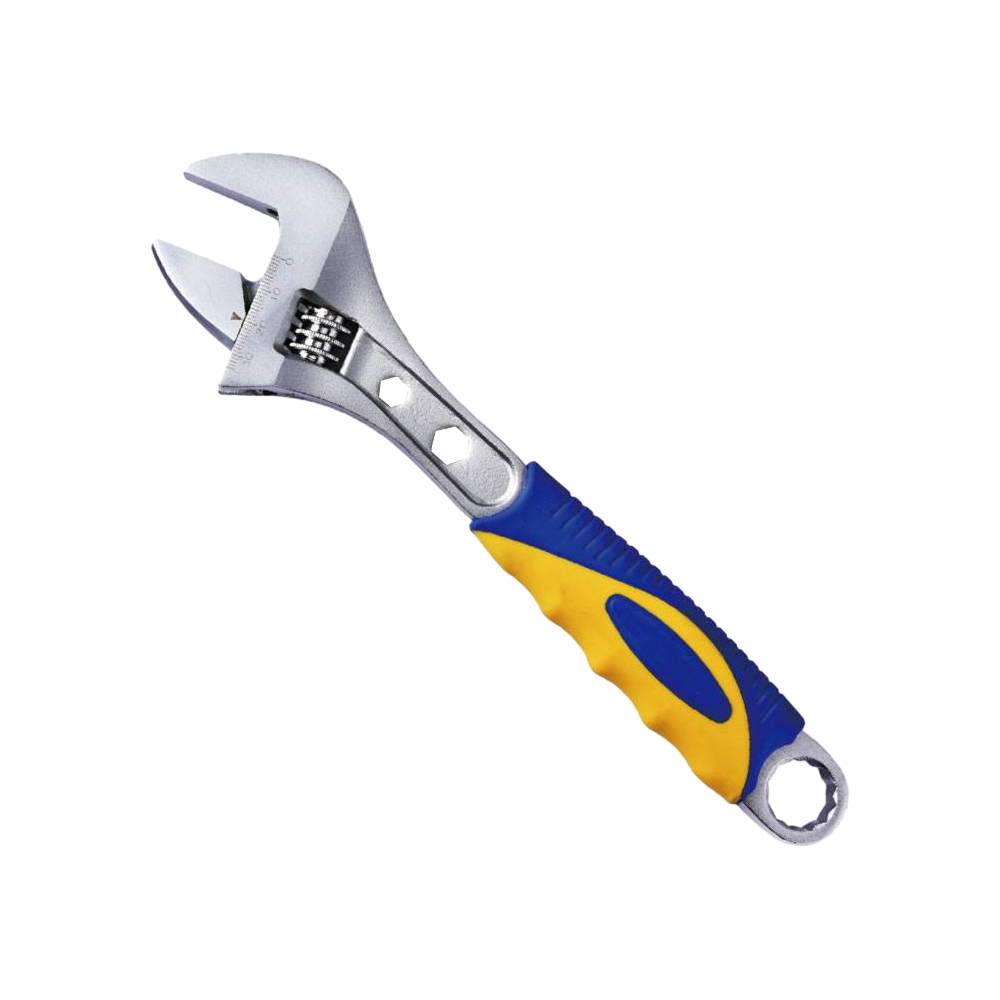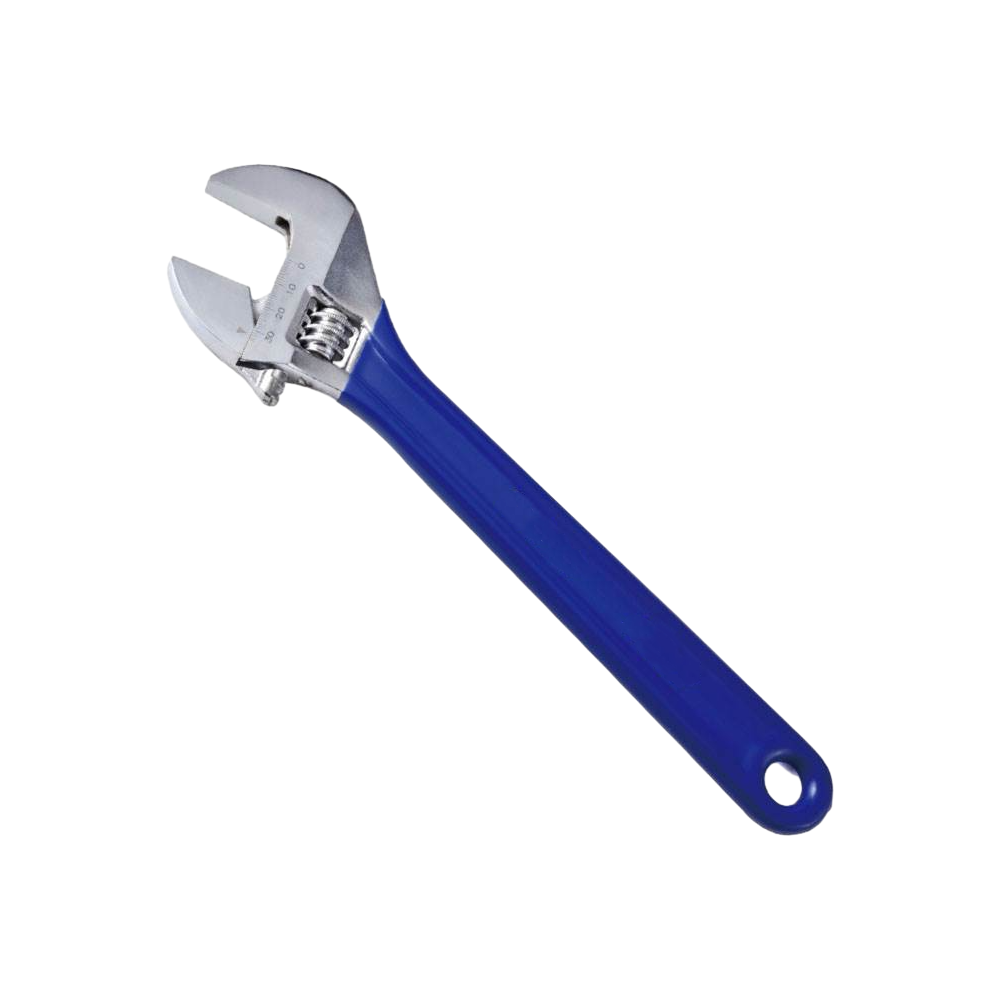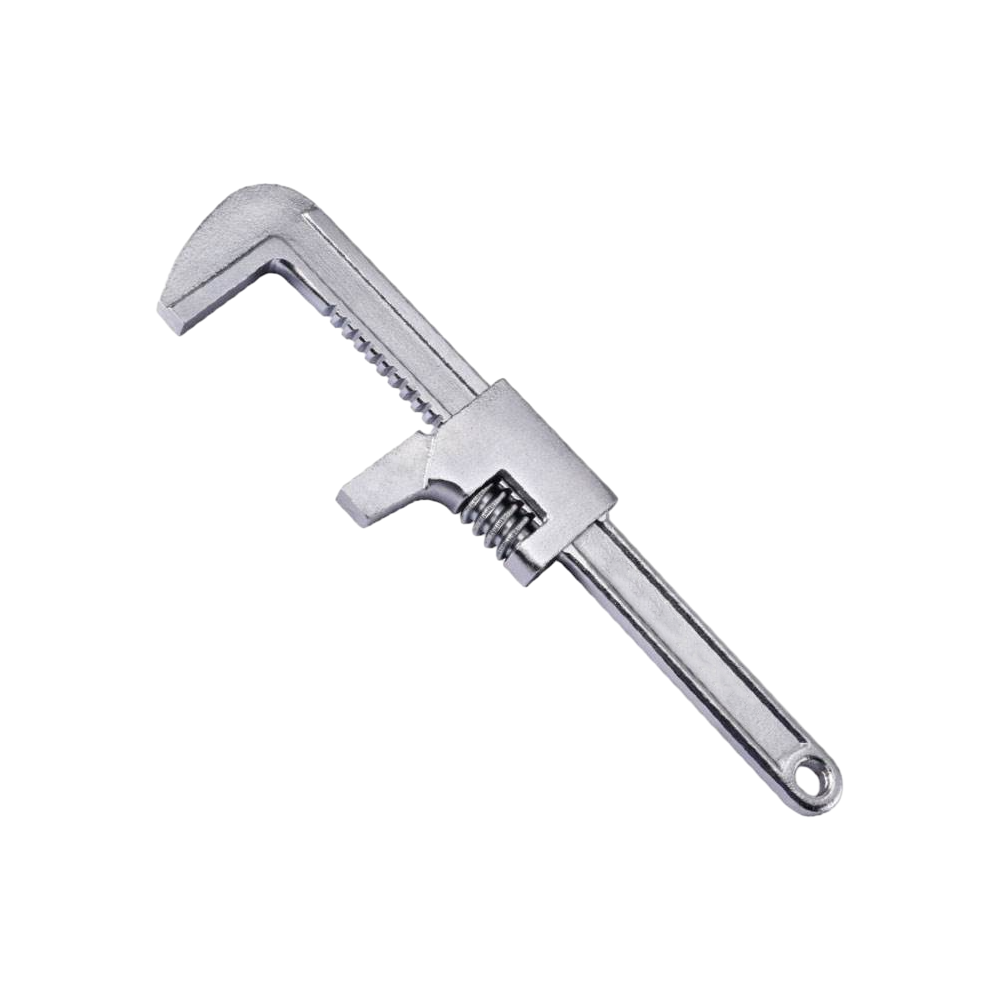Adjustable wrench manufacturing army: the silent revolution of global factories
The division and reshaping of manufacturing beliefs
Behind the global annual output of adjustable wrenches exceeding 2 billion, there is a fierce collision of two manufacturing philosophies. The intelligent production line in Yongkang, China, spits out metal at a rate of two per second, while the century-old forging hammer in Solingen, Germany, is still performing ritualistic hammering. The symbiotic relationship between large-scale production and craftsmanship is being rewritten - hot die forging technology compresses the manufacturing time of a single piece to 47 seconds, while the cold extrusion process is obsessed with improving the material toughness by 0.3%. This game between manufacturing efficiency and product life has spawned a new model of industrial collaboration across continents.
The millimeter war of precision evolution
In space maintenance scenarios, the 1 mm clearance of traditional wrenches can lead to catastrophic consequences. Leading manufacturers have broken through the critical point of 0.15 mm accuracy, which is equivalent to adjusting screws at the top of the Eiffel Tower without affecting the base. The vacuum environment-specific model is equipped with a magnetorheological fluid brake system, which enables one-handed precision control under zero gravity conditions. Data from the ground laboratory showed that after 30,000 uses, the bite accuracy of the new self-compensating jaw block still maintained 97.5% of the factory standard.
A secret breakthrough in materials science
The latest metallurgical formula increases the fatigue life of chrome-vanadium alloy steel to 2.8 times that of traditional materials. A more amazing breakthrough comes from the bio-based protective layer - a molecular film formed by soy protein extract, which shows anti-rust performance that exceeds the chrome plating process in salt spray tests. The Pune laboratory in India successfully purified aviation-grade steel from motorcycle waste engines, reducing the carbon footprint by 83% per ton of recycled materials. These innovations are rapidly penetrating into mid-range product lines through distributed manufacturing networks.
Steel quenching in green manufacturing
Faced with global carbon tariff pressure, the environmental transformation of top factories can be described as a heroic act. Manufacturers in the Pearl River Delta have invested in a wastewater treatment system of tens of millions of yuan, reducing the pollution emissions of the pickling and phosphating process to 1/5 of the EU standard. More radical ones directly innovate technical processes: laser surface strengthening replaces traditional heat treatment, reducing energy consumption by 67%; biodegradable packaging materials are completely decomposed in 180 days in the marine environment. These green premiums eventually translate into a 7-12% pricing advantage for products.
Industrial awakening of smart terminals
Adjustable wrenches are evolving into data terminals. The embedded micro-vibration sensor can collect the equipment failure spectrum and warn the bolt fatigue status in real time through the handle LED light array. Practice in North American oil fields has confirmed that this smart tool has increased preventive maintenance efficiency by 40% and reduced unexpected downtime by 31%. The equipment health cloud platform established by manufacturers has accumulated more than 90 billion mechanical condition data and is reconstructing the knowledge system of industrial maintenance.
Manufacturing upgrade in emerging markets
Capacity expansion in Southeast Asia is accompanied by technological leaps. The new factory in Haiphong Industrial Zone, Vietnam, directly deploys an AI visual quality inspection system to control the defect rate at a historical low of 0.02%. What is more worthy of attention is local innovation: the volcanic ash corrosion-resistant coating developed by Indonesian manufacturers extends the life of tools in strong acidic environments by 3 times; the modular production line pioneered by Philippine companies can achieve rapid switching of 200 specifications. These breakthroughs are changing the value distribution of the global supply chain.
Digital rebirth of traditional craftsmanship
The digital transformation of European century-old workshops is full of drama. An established manufacturer in Krefeld, Germany, transformed a steam forging hammer into a digital art installation and built a fully automatic robotic arm production line in the backyard. Their new strategy is "physical precision + digital value-added": each high-end wrench comes with a three-dimensional mechanical model, and users can see through the internal stress distribution through AR glasses. This fusion of virtual and real has increased the product's premium ability to 4.6 times that of ordinary tools.
Global collaborative manufacturing map
An intriguing scene appeared in the Syrian reconstruction project: the wrench handle produced in China, equipped with a Swedish patented precision worm, was eventually used to repair German-made power generation equipment. This cross-border collaboration has become the norm - Nordic companies provide heat treatment technology, East Asian factories optimize mass production processes, and North American companies lead the development of smart modules. In the seemingly simple field of adjustable wrenches, a deeply intertwined global manufacturing community has been formed.
-
Feedback
 English
English русский
русский Español
Español
